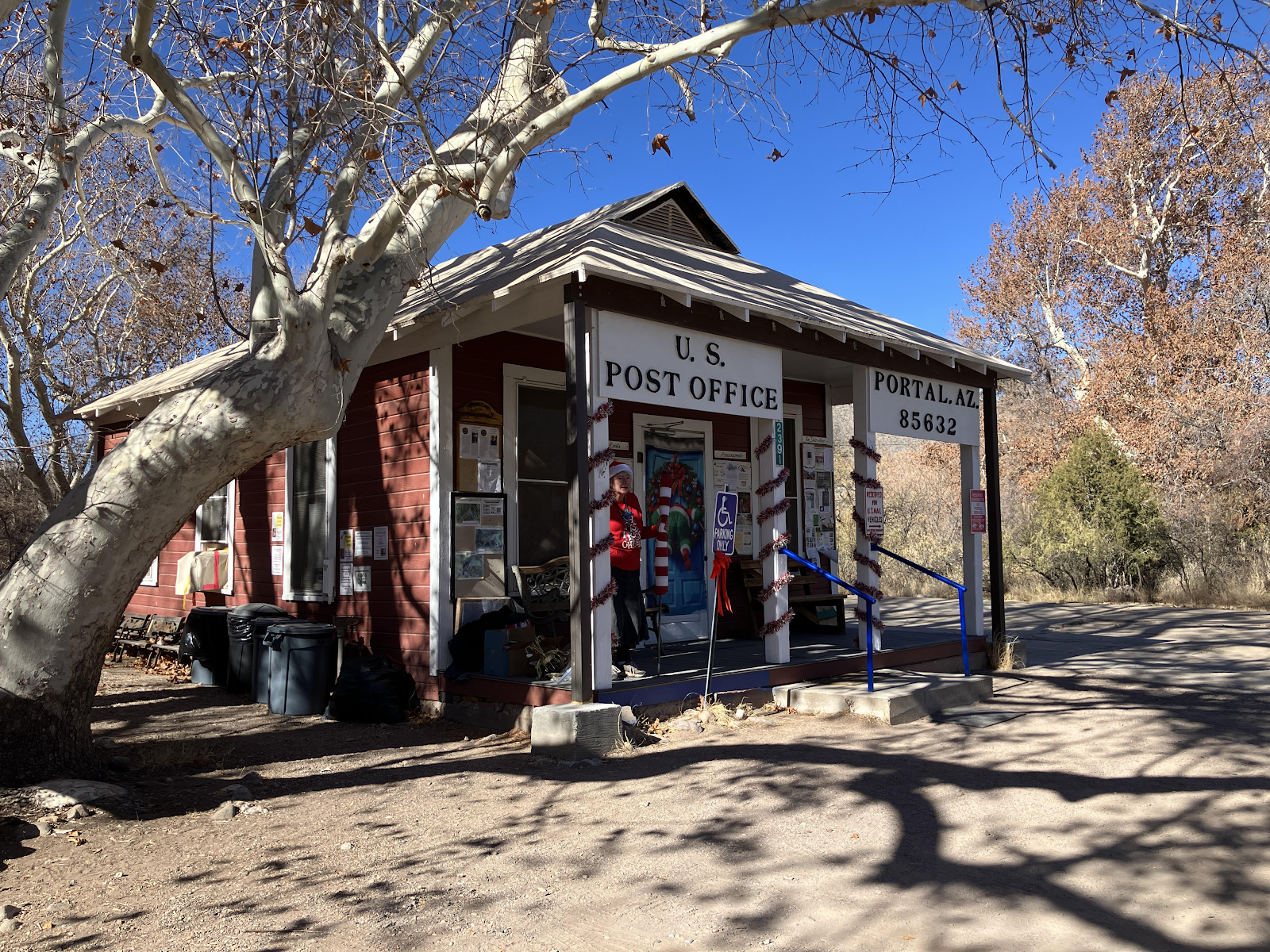Air Zoo 8.3.24
Why is it called the Air Zoo? In 1979 the founder, Sue Parish, brought five of her own historic planes to start the collection – named Wildcat, Bearcat, Flying Tiger, Warhawk, and Gooneybird. The museum, which is not far from Kalamazoo, Michigan, currently holds a large collection of planes and artifacts from the early history of aviation up through the space program. (Many people think the museum is named after the city, but not so!)
It is really too much information to take in during a
typical visit of a few hours. It would
be easy to spend an entire day looking at the lovingly restored aircraft and
reading about aviation history with its dramatic and heartbreaking
stories. But it would be
exhausting. We went forth and did what
we could!
Rather than try to enumerate what all the museum holds, I’ll
just tell you my favorites. The prize of
the collection is an SR-71B Blackbird reconnaissance plane. Built in the 1960s and retired in 1999, this
plane is simply a thing of beauty – sleek, black, huge and powerful. It looks like a fearsome, efficient bird of
prey. The engine looks like something
designed by the Borg (from “Star Trek – The Next Generation”), and incredibly,
like the rest of the plane, it was designed using a slide rule. For those of you who are too young to have
used a slide rule, look it up. It was
used for advanced calculations before computers or even electronic calculators
were invented. (I may be one of the last
of my generation to have used one, and I had a small pocket slide rule in a
leather case that I kept long after I got accustomed to using a Casio! I used to make calculations using the slide
rule and then do them again with a calculator to get the required number of
decimal places.)
The Blackbird flew at high altitudes and fast speeds and was never overtaken. After its retirement, the reconnaissance function was replaced by satellites and unmanned craft. During the life of the SR-71, several were lost to accidents, but none was ever shot down. It was simply faster and flew higher than any plane designed to intercept it.
There were many displays covering the history of women and minorities in flight. One of my favorites was a husband and wife pair – he was a pilot and she was a WAC. They had uniforms for both of them and photos from the war (WWII) until their later years. They were married for 72 years.
Another favorite exhibit of mine was about the International
Space Station. There was a film with an
astronaut showing the inside of the station and how life was lived there for
her and her teammates. There were also
mockups of various parts of the station, for instance the astronauts’ personal
privacy space. This was a phone-booth-sized compartment which consisted mostly
of a wall-mounted sleeping bag they zipped themselves into so they could sleep
without floating loose in the cabin.
There were also very odd-looking cleansing and waste disposal
systems. Fascinating but clearly not a
mode of travel for everyone! It made our
small trailer seem positively spacious by comparison.





Comments
Post a Comment